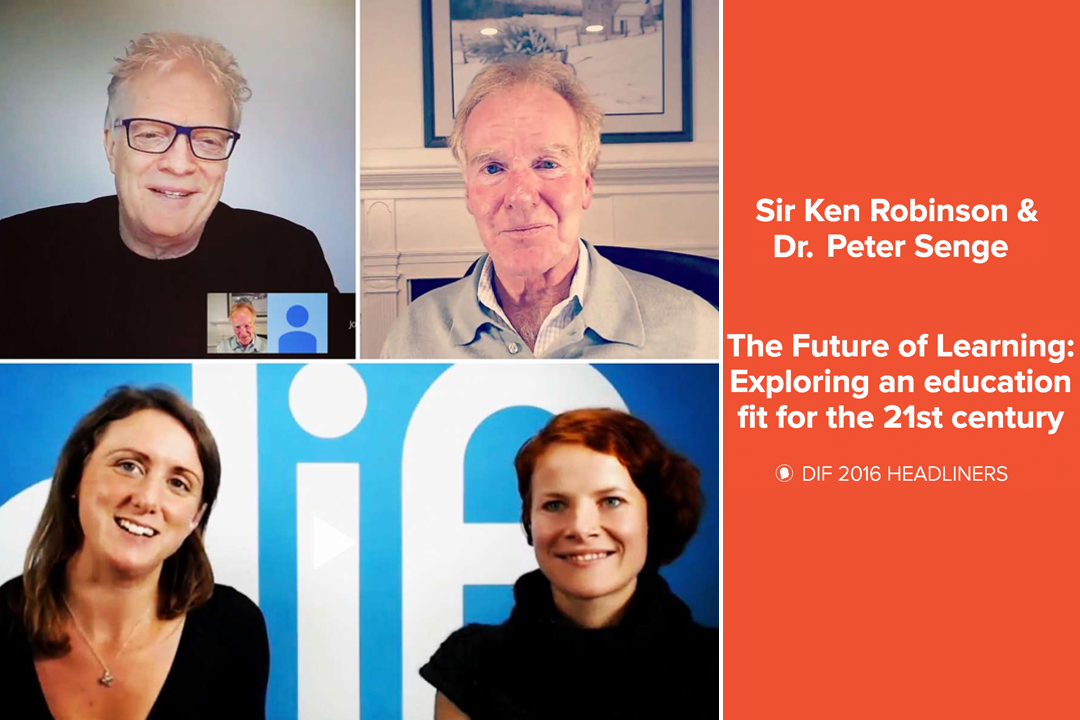The biggest problem with the current school system is how kids learn in school. According to Sir Ken Robinson and Dr. Peter Senge, standardized testing and the way a typical class is taught created many of the learning and behavioural problems we see today. A lot of innovation in school could be done simply by recognizing that :
- learning is a personal process, a social process and a collaborative process;
- teachers are professionals and should be allowed to experiment and adjust how to teach their classroom based on the results they got;
- we already know a lot about how people (kids and adults) best learn. Let’s use that knowledge to rethink how school-age kids learn in school;
- you can innovate within the system and the existing curriculum if we open our mind to the fact that the way schools operate is often the result of habits, not limitations imposed by the government to the system.
Peter Senge showed that it’s possible to innovate within the public school system when he shared the story of Ron, an algebra teacher. Ron’s algebra class is a great example of the way kids could develop 21st century skills in any class. This teacher does it without the use of technology.
Instead of teaching a magistral teaching algebra, Ron acts as a facilitator. Kids learn collectively for most of the 40 minutes kids are in his class. When the students arrive in his class, they sit at table of 4 and start working together to solve a long list of problems. The groups work on different problems instead of everybody learning the exact same thing at the exact same moment. Ron moves across the class. He talks to and guides his students.
Through these discussions, Ron is able to assess the strengths and the weaknesses of his students. Ron changes the members of the groups over time to reflect what each student learned and accomplished so far. In his class, the students are the ones who have to figure out how to solve the algebra problems. This is why the students collaborate. They have to share their thinking and their knowledge to succeed. In Ron’s class, the kids learn more than algebra, they learn social interactions.
The reason why I tell you this is that this class format reflects how human beings actually learn. If you were a student, which class would you prefer to take Ron’s algebra class or a class where you listen to a teacher who explains how he/she solves the problems in front of the class?
To more about this, watch the Future of Leaning video recorded for DIF 2016.

